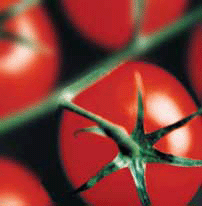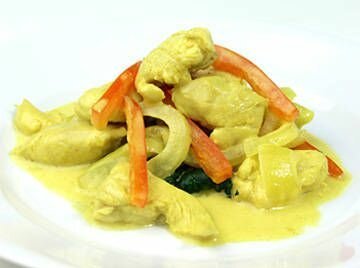---------- Forwarded message ----------
From: George Mateljan <gmf@mauigateway.com>
Date: Sat, Sep 15, 2012 at 6:10 PM
Subject: Curried Chicken Over Spinach - Healthy Food Tip and Recipe
George Mateljan Foundation, PO Box 25801, Seattle, Washington 98165
From: George Mateljan <gmf@mauigateway.com>
Date: Sat, Sep 15, 2012 at 6:10 PM
Subject: Curried Chicken Over Spinach - Healthy Food Tip and Recipe
 | |
September 15, 2012
|
Forwarded from a friend? Sign up for your own copy of the
Weekly Newsletter and Healthy Food Tip and Recipe. |
Check Out What's New On Our Website
Kids are back to school! With statistics showing half of all students dropping out before graduation, it is high time we acknowledge the correlation between academic success and high-level performance with a healthy diet ... How a Healthier Way of Eating Affects Success in School
healthy food tip and recipe
Today's Recipe
If you don't know what to serve for dinner tonight ... This is a great tasting dish that requires little work. The curry coconut complements the flavor of spinach and you can easily include more vegetables. Just increase the amount of sauce slightly and add along with the bell peppers.  Ingredients:
For optimum flavor and nutrition serve with:
| |
George Mateljan Foundation, PO Box 25801, Seattle, Washington 98165
| To unsubscribe or change subscriber options visit: http://www.aweber.com/z/r/?LKzMrGyMtKyM7MwcLAwctEa0jKxszEyM7Mw= |
--
Jorge U. Saguinsin
www.cheapcures.blogspot.com
www.nuideashare.blogspot.com
www.twitter.com/nuideashare
www.twitter.com/cheapcures
www.facebook.com/Newideashare
www.facebook.com/cheapcures
"Be the best, do your best, expect the best"

 How to Order
How to Order
No comments:
Post a Comment